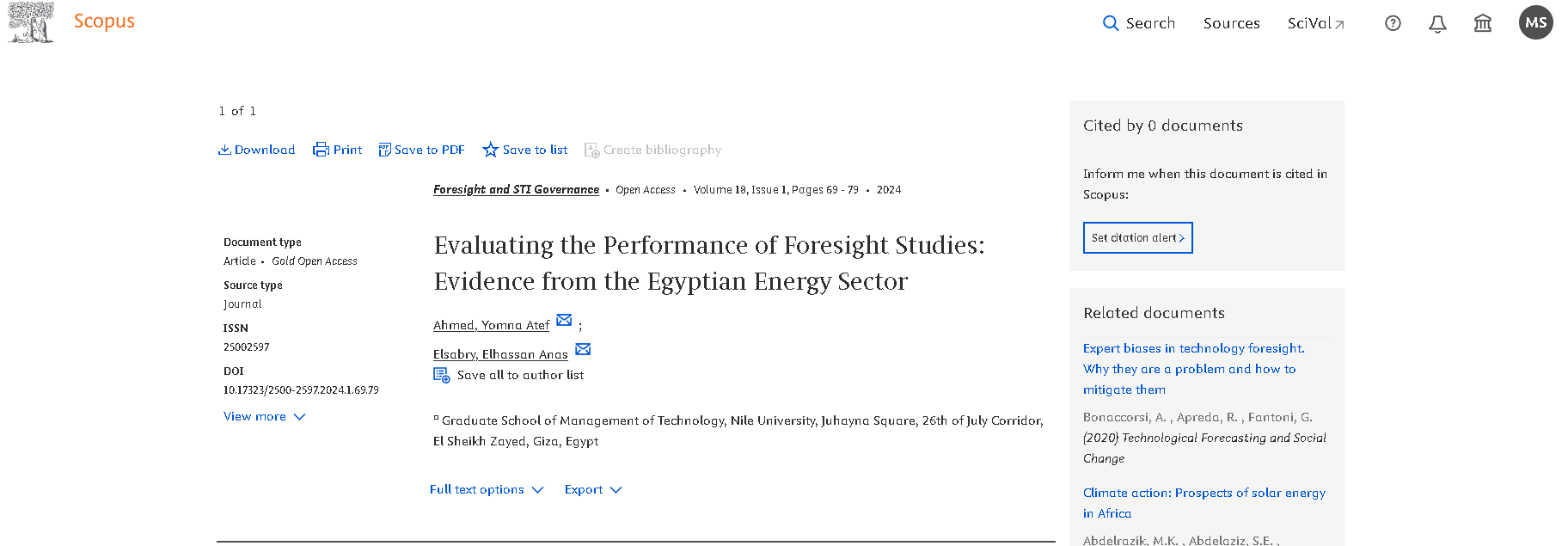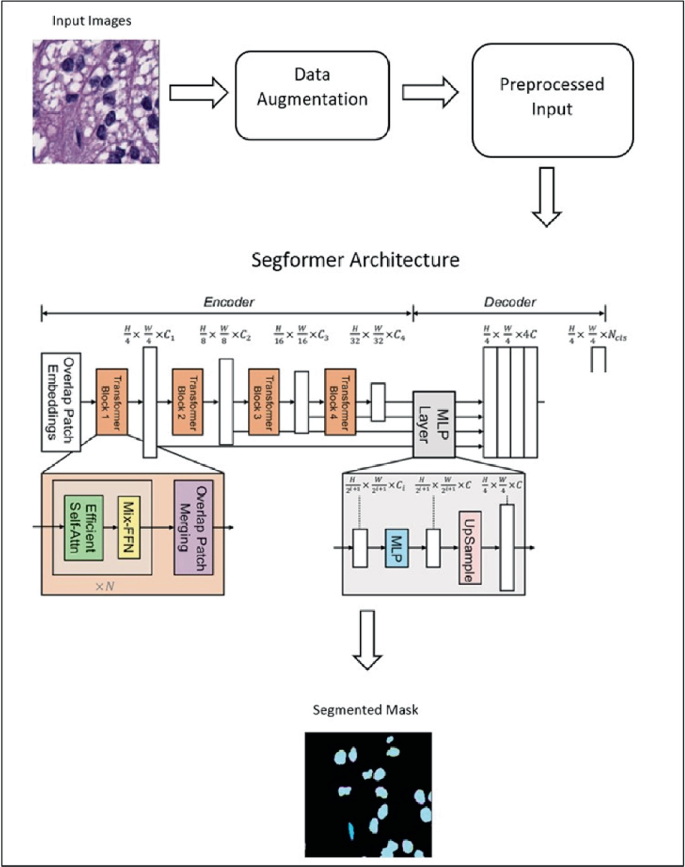
Comparison and analysis of water main performance models
Evaluating the condition state of infrastructure assets is one of the most integral pieces of information to the asset manager. Water infrastructure poses specific challenges compared to sewer infrastructure where techniques like CCTV are now being consistently used to assess condition. The number of water main breaks is commonly used as a proxy for water main condition. Statistical water main performance models rely on using past breakage patterns and rates to predict future performance of the water main network. Performance models can be broadly classified into two groups. Rate-of-failure models attempt to extrapolate the breakage rate for a particular cohort of pipes and do not differentiate between the times between successive failures. Examples of statistical modeling approaches for these models include the Non- Homogeneous Poisson Process and the Multi-Variant Exponential (MVE) model. On the other hand, Transition-State (TS) models attempt to model the time between successive failures for pipes. Examples of these models include the Proportional Hazards Model and the Transition State - Life Regression Model. This paper presents a comparison and analysis of rate-of-failure models and transition-state models using a single data set for cast and ductile iron pipes in the City of Hamilton, Canada. The paper makes comparisons between the models' ability to support breakage forecasting, long-term strategic planning and short-term tactical planning. The paper also analyzes the data needs of each model and the impact of data inaccuracies (that are common in water main databases) on the predictive accuracy of each model. © 2009 ASCE.



